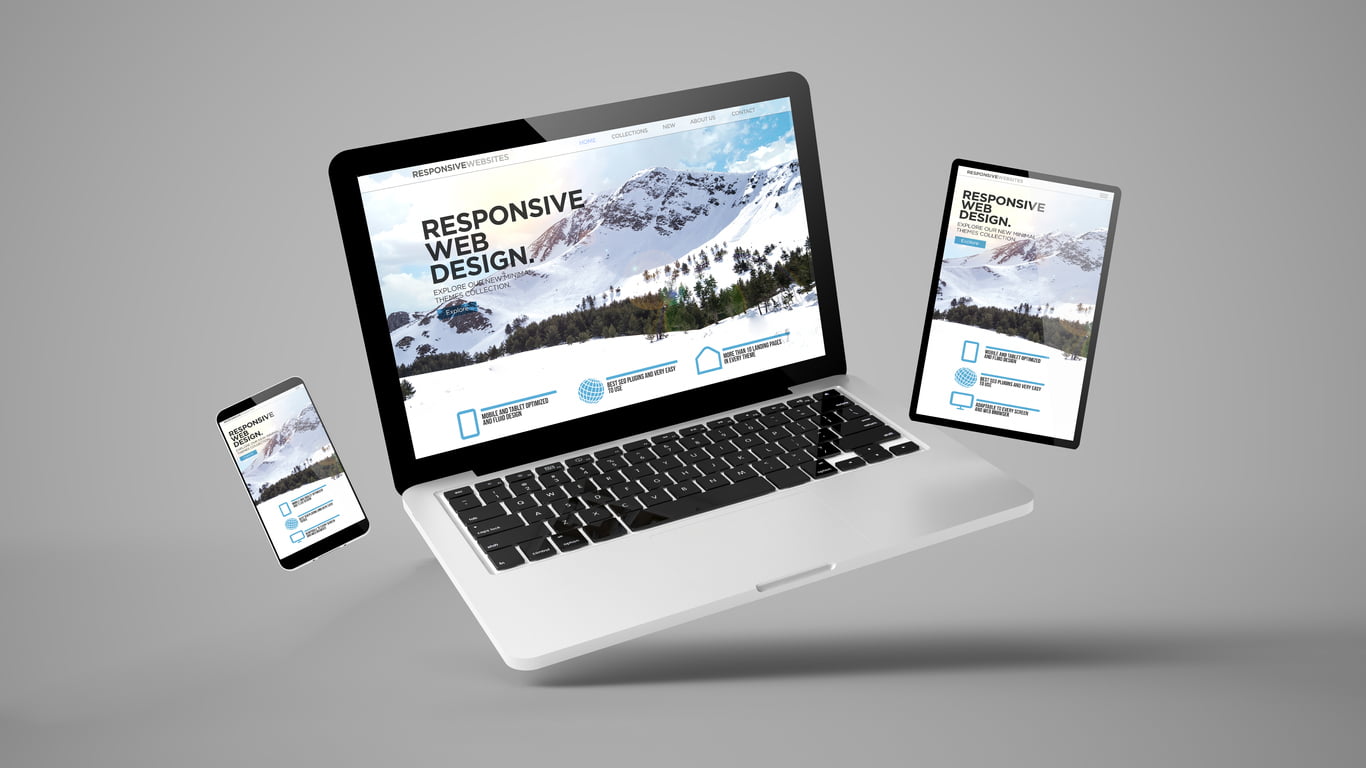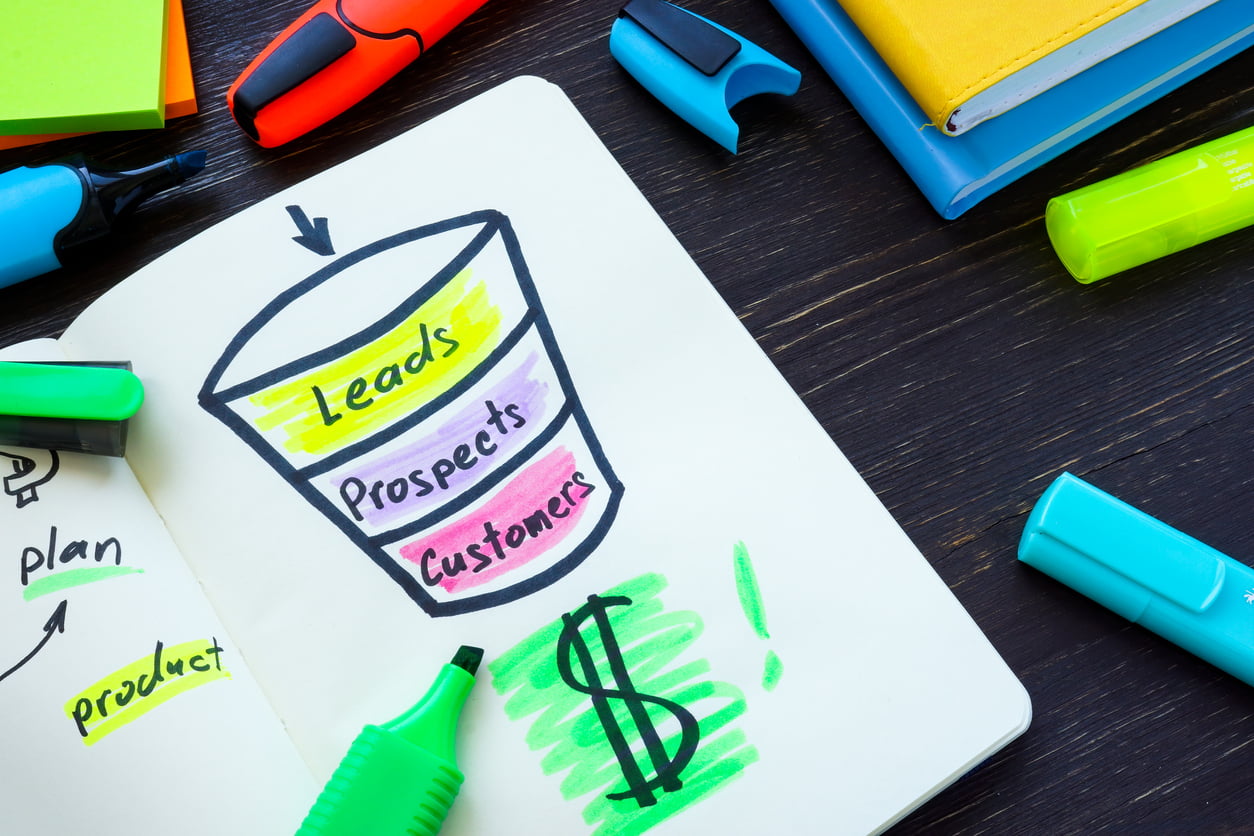
Start Digging Your Well Long Before You Are Thirsty – Business Marketing
Mark Hale ‐ 05/25/2023

Mark Hale ‐ 05/25/2023

Mark Hale ‐ 03/15/2022

Mark Hale ‐ 02/16/2022

Mark Hale ‐ 10/01/2021

Mark Hale ‐ 03/25/2021

Mark Hale ‐ 08/03/2020

Mark Hale ‐ 07/29/2019

Mark Hale ‐ 05/22/2019
©2024 All Rights Reserved. Wilson Print Marketing USA
Built With by Wilson Print Marketing USA